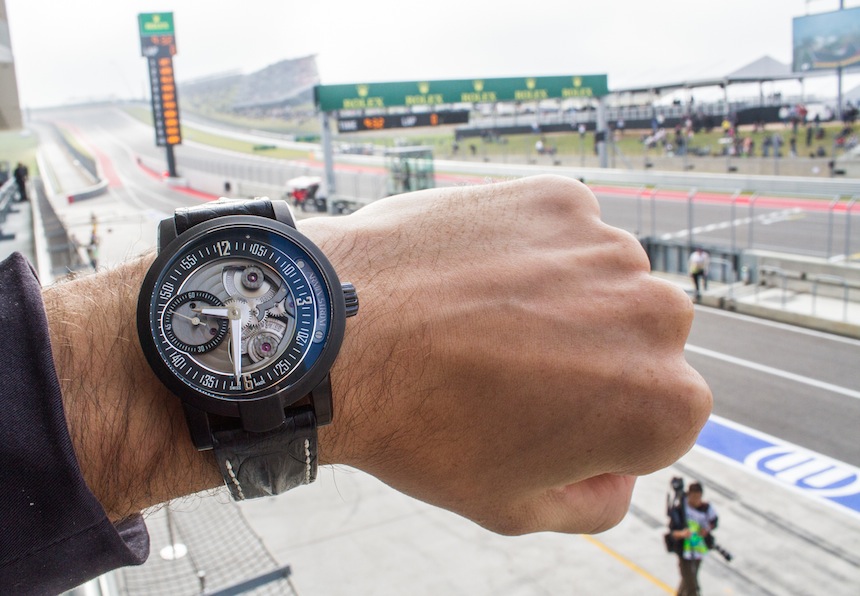
Did you know that Swiss watchmaker Armin Strom participated in Formula 1? Some things just go well together. Chocolate and peanut butter, Die Hard and Christmas, rum and bad decisions. Some things work so well together that it’s of little surprise that when you dig a little deeper, you find that they share similar passions. Back in November of this past year, I had the good fortune to attend my first Formula One event and get an insider’s view of what it takes to keep an F1 car on the grid. What I saw was a complex system of bespoke pieces which are all synchronized with input from a human element to form a single high-functioning machine.
Armin Strom, who sponsors the Marussia Formula One team, was playing host at the Circuit of the Americas in Austin, Texas, and it got me wondering, why sponsor an F1 team? The cars proudly display the logos and names of their sponsors, the like-minded few that throw cash into the bottomless pit of chasing another tenth of a second, perfection takes time and so much money, but what does the sponsor get from this deal?
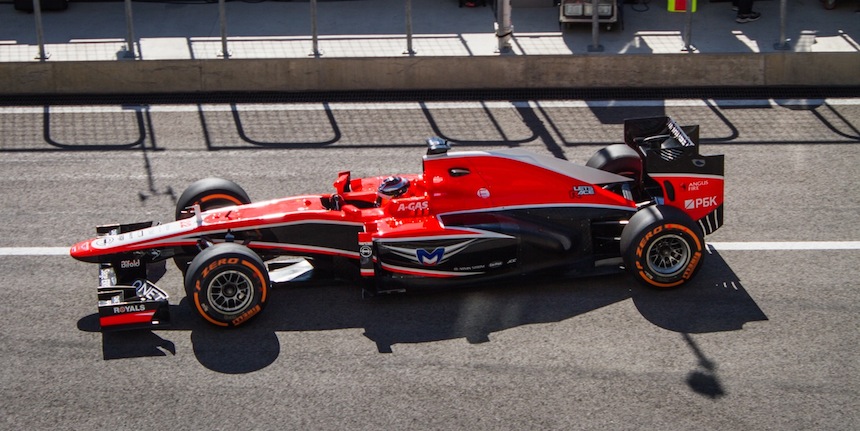
It’s not all that surprising that Formula One teams are often sponsored by watch brands, and certainly we’ve seen countless watches that feature motorsports manufacturer or racing livery in their dial design. That said, given the incredible cash-eating monster that is Formula One, you wouldn’t expect smaller and younger brands to dive into sponsorships.
When it comes to watch brands as sponsors, some have direct connections to motorsports via their history (such as Tag Heuer, IWC, and of course Rolex) while other brands enter Formula One sponsorship for a host of other reasons that must extend beyond the simple need for advertising.
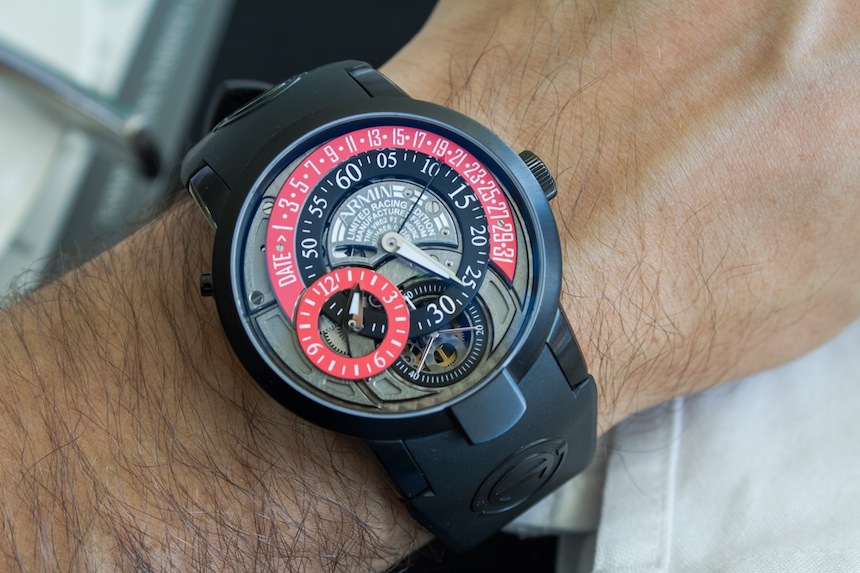
Armin Strom may not be a household name like other higher-volume brands, but many a watchnerd will recognize not only the name, but also remember the man who made that name popular in the 70’s and 80’s by specializing in the skeletonization and engraving of watch movements. The brand was recently incorporated and relocated from Bergdorf to Beil, Switzerland. In 2011, Strom retired but he is still a member of Armin Strom’s board and his aesthetic and attention to hand-rendered detailing can still be seen in all of their modern pieces, which span the use of six in-house skeleton calibres.
They are a small and ambitious brand that creates watches with a distinctive style and detail-driven mechanical aesthetic. So why would they choose to sponsor a Formula One team? Most obviously, Formula One, apart from being insanely cool, shares a lot in common with high-end watchmaking. There is no doubt that Serge Michel (owner of Armin Strom) and Claude Greisler (Director and Chief Designer) are big fans of Formula One and see their relationship with Marussia as more than just an ad bought on the side of a fast car. A very similar passion for mechanical precision and bespoke engineering can be seen expressed in both motorsports and watchmaking.
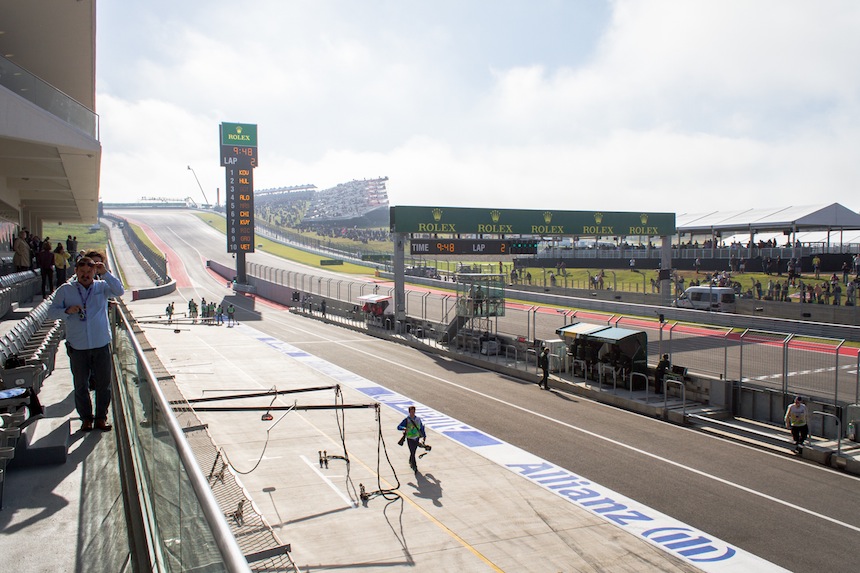
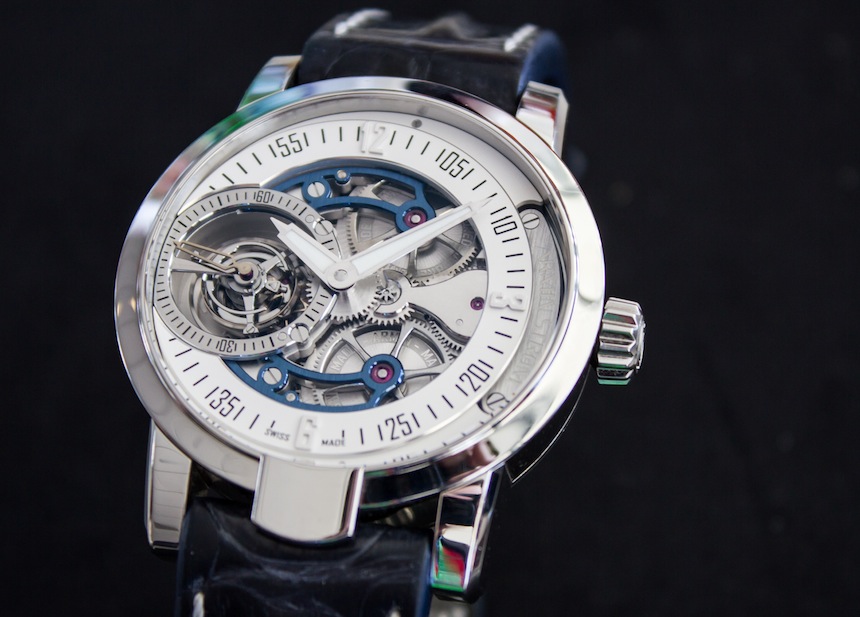
While sitting in the Paddock Club above pit lane, Claude Greisler explains that he designs movements not simply to be skeletonized, but rather as skeleton movements. Since their first calibre in 2009, the goal was to highlight dial animation, so that mechanical motion will be visible to the owner and be highlighted by the overall design and architecture of the movement.
As you can imagine, this is especially complex from a planning and execution standpoint as they are not simply cutting away excess metal from an existing movement, but rather organizing all of the essential aspects of a movement so that the design promotes a view of the mechanical elements while still offering a functional and legible display.
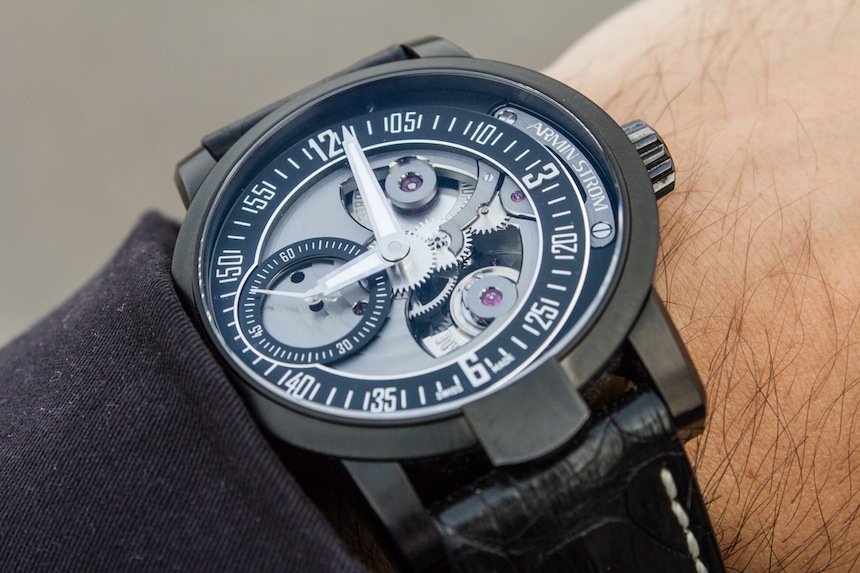
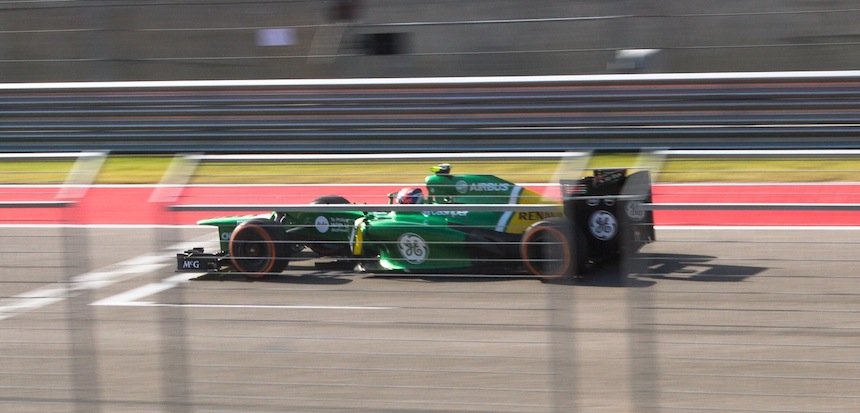
Armin Strom makes as much of the components for their watches as possible, in-house. With only the hairspring and mainspring being outsourced. Additionally, none of the tiny gears, screws or other elements are stamped in production. Armin Strom goes to the extra trouble of always cutting or milling each piece. This is vastly more expensive but each component is of a higher quality and in-house production allows Armin Strom to customize a watch to the buyer’s specifications.
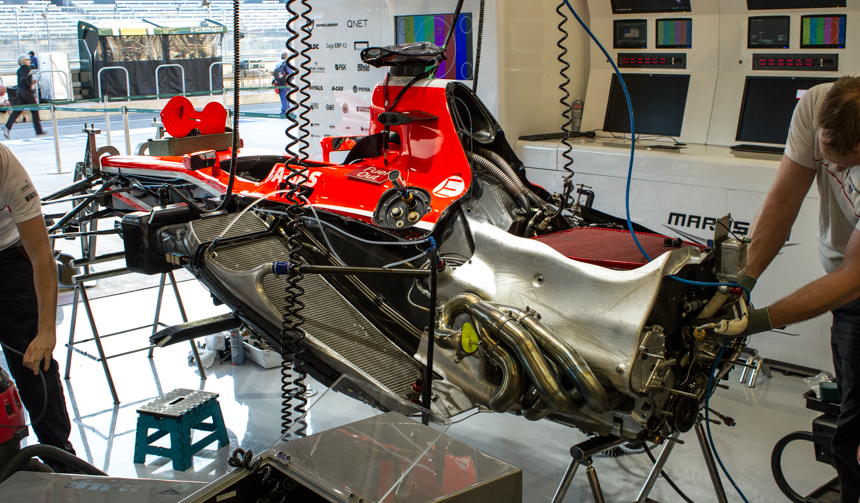
This is not unlike the operating process for an F1 team where nothing is off-the-shelf and it would appear that no detail, whether part of the car or its litany of support systems, can be over-engineered or offer too-much customization. Whatever the team needs, they build to their specifications.
Once the wheels were off the car, you’d think you were watching a team of flight engineers disassemble a spaceship. The level of complexity underneath the carbon fiber skin of an F1 car is simply unreal. This bespoke thinking reaches beyond the design and functioning of the car and into all of the various support and race equipment used by the teams charged with keeping the car running.
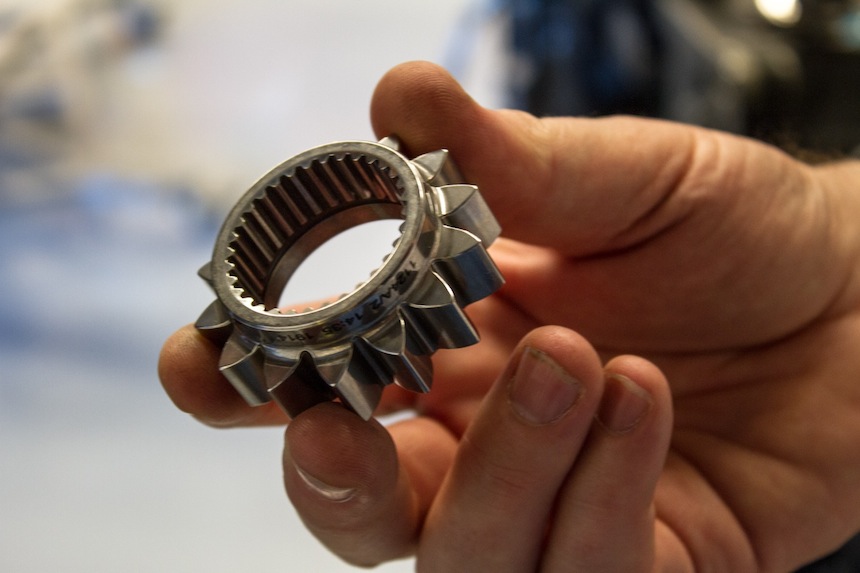
Later in the day we got the chance to tour the Marussia pit garage and we were allowed a closer look at the level to which they go to do everything their own way. The jacks used during a pit stop are custom designed and manufactured at an eye-watering cost. The same can be said for the gantry system that holds the tools and systems above the car for a pit stop, each team designs their own. For convenience and practicality, couldn’t the teams use the same jacks and gantries? Sure, but in Formula One, competition is everything – and insane amounts of money are spent to foster and protect any possible advantage, legal or otherwise.
A consistent tenth of a second can be worth millions of dollars and the speed of a pit stop (where a lead can be just as easily torched as it can be protected) is based not only on the pinpoint placement of the car, but also the coordination and speed of a team of people with a very specific set of goals. So yeah, they make their own jacks.

